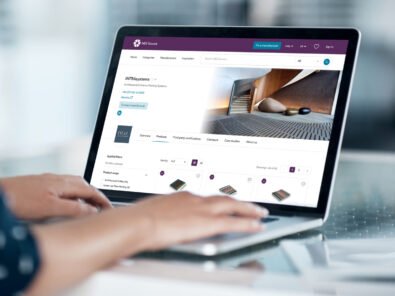Shopping centres are constantly battling the ease and convenience of eCommerce in the quest to encourage footfall. Our recent whitepaper, ‘Shopping Centre’s Strategy For Overcoming eCommerce’ revealed that 39% of consumers would be more likely to visit a shopping centre if it better integrated modern technologies. This is a highly relevant topic right now, with big name retailers such as Zara taking steps to create an in store experience which almost replicates the online experience. Our Specifications Manager, Richard Farrant, talks about how technology can be the secret weapon for shopping centres to get consumers in store:
“One thing that unites all of the retailers we have worked with is their determination to offer their customers the best in-store experience possible, and it’s clear to see that Zara are attempting to do exactly that with their new flagship store.
With the continued rise of eCommerce, brick and mortar shopfronts urgently need to adapt to the consumer’s demand for a digital experience, i.e. an experience which offers speed, efficiency and reliability. We recently conducted a survey for our whitepaper titled “Shopping Centre’s Strategy For Overcoming eCommerce” in which we found that 39% of consumers would be more likely to visit a shop if it utilised innovative technology, such as RFID (Radio Frequency Identification), Touch Screen Technology or Smart Mirrors, in store.
eCommerce has changed the mindset of the consumer. The average consumer doesn’t care about speaking to a shop assistant anymore; in fact, only 26% of our survey respondents stated that ‘being able to talk to shop assistants’ motivated them to visit a store, whilst 91% answered that ‘seeing the products before you buy them’ was a strong motivation.
It seems that the biggest USP of brick and mortar stores now is that the consumer can ‘try before they buy’ in store, so when that is combined with a digital experience, such as Zara’s Smart Mirrors which give the consumer access to a massive database of information which quickly returns a response to their style related questions (and therefore upselling Zara’s products), it creates the ultimate shopping experience.
With online orders being available for collection within the store on the same day and a robotic arm delivering the package to the customer in seconds, Zara have found a way to drive more people in store without discouraging online shopping.
From the self-checkouts that immediately recognise which products the customer is purchasing to the touch screens offering more information about each product, Zara have given the customer the independence they crave when shopping in store.
This is certainly a step towards the future, and Zara aren’t the only ones adopting these innovative technologies, however there is a risk of the shopping experience becoming too ‘robotic’. For many, shopping is still a social activity, so retail stores need to keep that element of human interaction and excitement/surprise in order to meet the needs of the social shopper.”
As we step into the future of the shopping experience, it’s time for retailers and shopping centres alike to harmonise the online and offline buyer journey, making it simple for consumers to browse and purchase wherever, whenever they like. To discover more fascinating insighs, download the whitepaper today.







